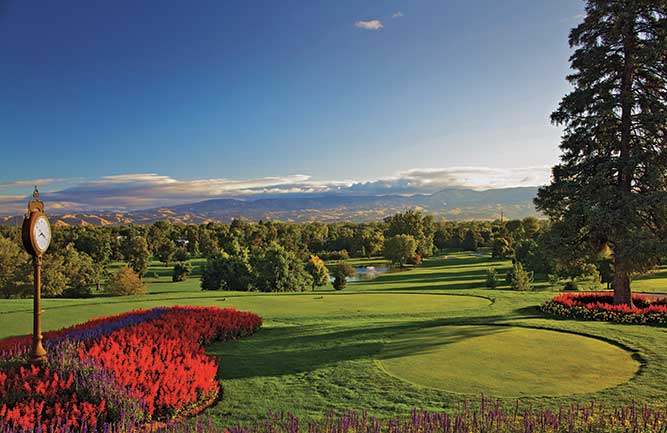SOI 2017: Taking creative courses
Superintendents continue to look at practical places to lessen labor and inputs.
Because Sarasota’s TPC Prestancia is located within a residential community, its course maintenance staff can’t reduce turf as much as it would prefer, as homeowners would rather have maintained turf (there are homes on 30 of the club’s 36 holes). Nonetheless, staff members have begun to reduce the 585-acre club’s turf, mainly around trees and ornamental beds, prior to replacing it with crushed shells.
“We would love to reduce the usage of water, fertilizer and pesticides as well, along with the labor costs that are associated with maintaining these areas,” says Mike McNamara, TPC Prestancia’s director of agronomy. “In fact, we have already installed a new irrigation system on one of our courses, which helps us water more efficiently and effectively.”
“Courses have to be more creative,” he notes, “as they find ways to limit inputs and labor while maintaining standards for their members. I think Pinehurst is an example of the direction we should strive to take.”
To limit inputs and labor, Lee Johnson’s maintenance staff at Sioux Creek GC, Chetek, Wis., began to decrease rough areas more than 10 years ago, primarily by not mowing areas that were considered “out of the way” (with regard to distance from fairways), reducing mowing in general and raising the height of cut. However, slow play has forced the staff to mow some of these rough areas once again, particularly in recent months. Meanwhile, staff members at other courses, like Lawton Municipal Golf Course in Lawton, Okla., have considered downsizing some greens as well, but have yet to devise a proper plan to do so.
“We have 18 greens and a practice green totaling five acres of Seaside Creeping Bentgrass,” says Nicholas McConnell, Lawton Municipal’s assistant superintendent. “Our customers love the sizes of the greens and take a lot of pride in the course, so we aren’t quite sure how (or when) we’re going to downsize yet.”
To reduce weekly mowing, Ohio’s Delphos CC converted some of its out-of-play areas to natural areas about 15 years ago. However, as is the case at other courses, staff members have not decreased turf areas at all since then, with the primary reason being that there aren’t any other large areas that can be converted.
“We have three natural areas that total about eight acres,” says Mike Fast, CGCS. “The conversion has led to two types of savings over the past few years — about two hours of mowing per week and around $500 of labor annually.”
In addition to not having enough large areas that can be converted, some courses simply aren’t interested in reducing turf, as they would prefer to expand their properties.
“Since Oklahoma’s economy is getting better, we’re not considering any turf reduction whatsoever,” says Twin Hills (Oklahoma City) G&CC’s Jerry Broughton. “Everything is stabilizing around here,” he says, “so, we would actually expand if we could. The future is looking brighter now than it has in a while.”
To read other articles included in the 2018 State of the Industry Report, click here.









